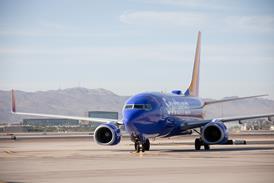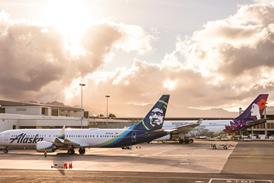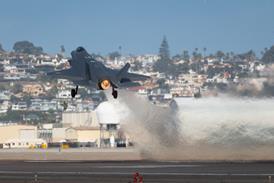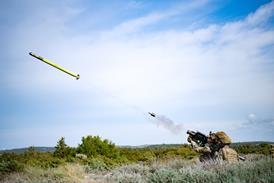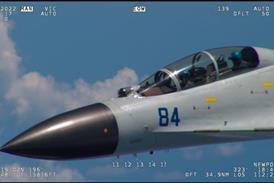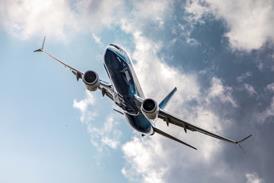Welcome to FlightGlobal’s weekly defence newsletter, where we bring you a snapshot of the latest developments in military aviation from around the globe.
In Hawaii, the top American officer for the Asia-Pacific region issued a stark warning on Chinese military activity around Taiwan.
Speaking at the Honolulu Defense Forum, US Indo-Pacific Command chief Admiral Samuel Paparo said Beijing’s military forces are now rehearsing for a large-scale operation to forcibly absorb Taiwan as part of communist China.
“Their aggressive manoeuvres around Taiwan right now are not exercises as they call them,” Paparo said. “They are rehearsals for the forced unification of Taiwan to the mainland.”
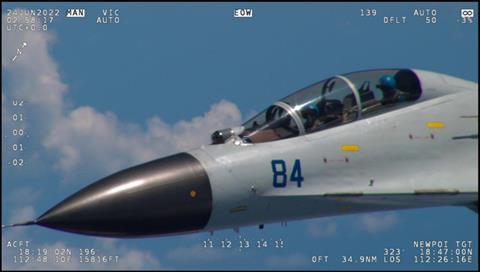
While the four-star admiral and fighter pilot did not offer up a timeline for Chinese action, his predecessor Admiral Phil Davidson famously revealed in 2021 that Chinese President Xi Jinping had ordered the country’s forces to be ready for a campaign by 2027 – a mark now commonly referred to as the Davidson Window.
In response, Paparo called for deeper industrial cooperation with the so-called Indo-Pacific Four allies of Australia, Japan, New Zealand and South Korea to offset what he calls the “Axis of Autocracy” emerging between China, Russia, North Korea and Iran – which are now heavily supporting each other’s military operations by exchanging ammunition, manufacturing capacity of microelectronics and machine tooling, petroleum products and even frontline troops.
Against that spectre is an American war machine struggling to field enough aircraft, ships and long-range precision munitions to effectively counter that threat in the Western Pacific, while maintaining commitments in Europe and the Middle East.
“Our magazines run low [and] our maintenance backlogs grow longer each month,” Paparo says.
A busy week in the Western Pacific also saw Japan finalise an order for 17 of Boeing’s latest CH-47F Block II heavy-lift rotorcraft, while Australia condemned what it called an unsafe intercept of a Royal Australian Air Force maritime patrol jet by a Chinese J-16 fighter over the South China Sea.
On the other side of the Indo-Pacific, the Aero India air show took place in Bengaluru. In addition to major announcements on India’s Advanced Medium Combat Aircraft and Light Combat Aircraft Mk2 indigenous fighter development efforts, the show saw US President Donald Trump offer up the Lockheed Martin F-35 stealth fighter to New Delhi.

One notable sight from Aero India was the side-by-side appearance of a Russian Sukhoi Su-57 and American F-35A, believed to be the first-ever meeting of the two fifth-generation fighters.
In the USA, defence systems integrator L3Harris completed work on the second Athena-R aircraft for the US Army. The heavily modified Bombardier Global 6500 business jets will eventually deploy to the Korean Peninsula with an advanced suite of radar sensors that can spot ground targets for long-range precision strikes by rocket artillery or ballistic missiles.
Rival Sierra Nevada tells FlightGlobal that its related Athena-S platform will be flying from the company’s facility in Hagerstown, Maryland through the month of March. Another modified Global 6500, the Athena-S will carry a sensor package designed to collect signals intelligence.
As the FlightGlobal defence team completes a busy week of reporting from around the world, we are preparing for several major events in March, including the Air and Space Forces Association’s Warfare Symposium in Denver, Colorado and the biennial Avalon air show in Melbourne, Australia.
Stay tuned for on the ground reporting from those events and more in the coming weeks.

